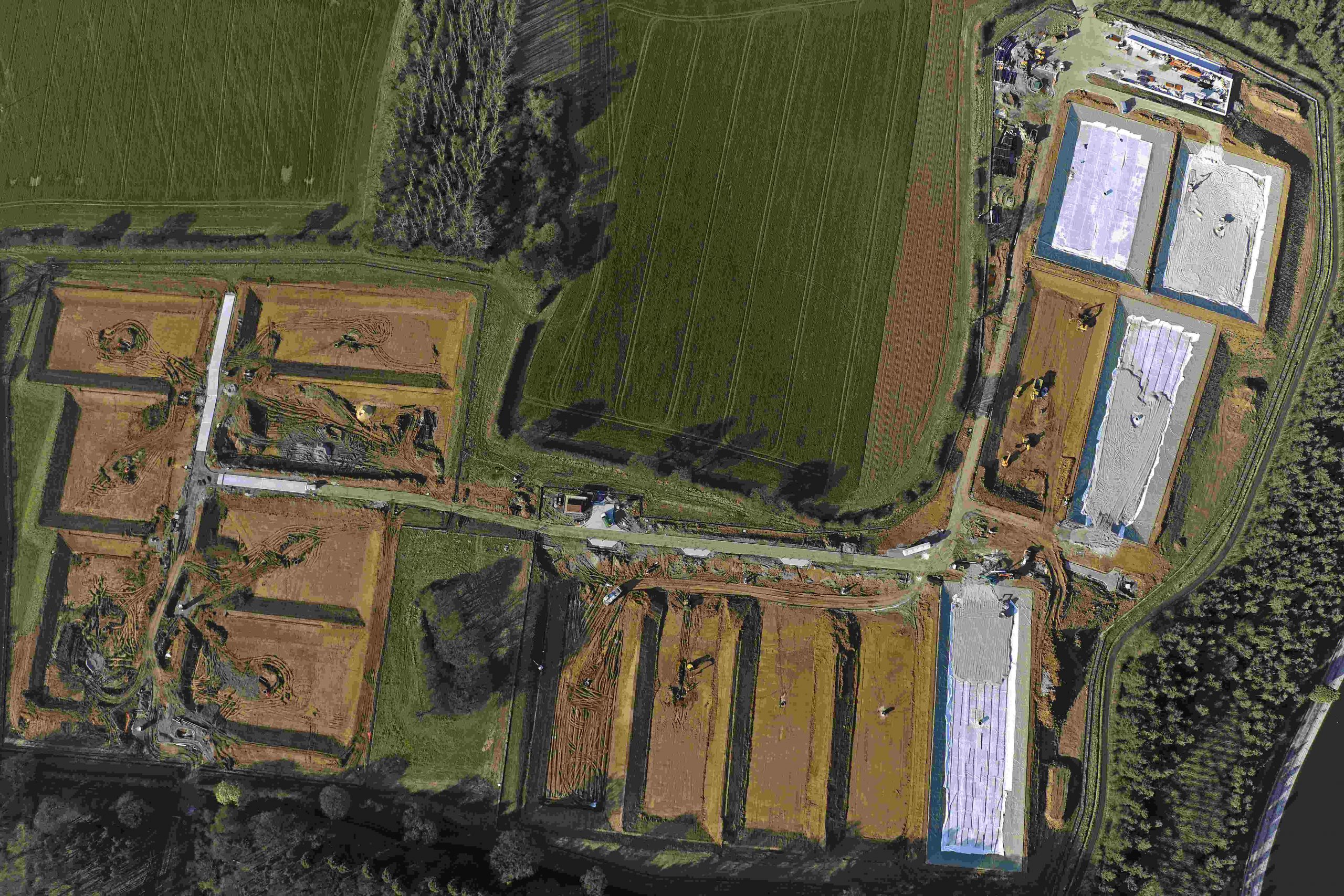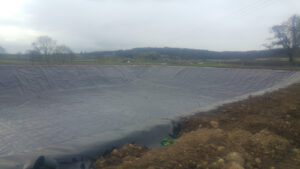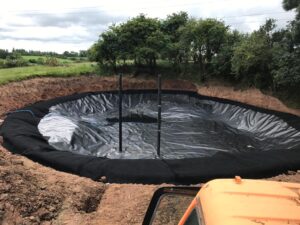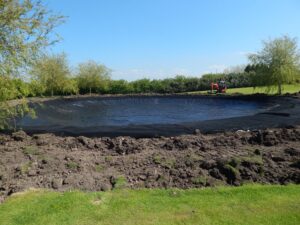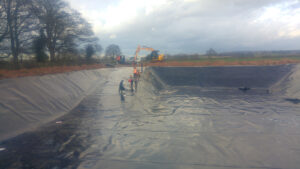Reed beds, recognised for their natural filtration abilities, have gained popularity as eco-friendly solutions for wastewater treatment. At the core of their efficiency lies the use of reed bed liners, crucial components that facilitate the filtration process and ensure the effectiveness of this environmentally sustainable method.
Reed bed liners serve as the foundation for these natural wastewater treatment systems. They consist of impermeable materials, typically geomembranes or synthetic liners, which create a barrier between the underlying soil and the treated wastewater. This barrier prevents the contamination of surrounding soil and groundwater while guiding the flow of water through the reed bed filtration process.
The primary role of reed bed liners is to contain the wastewater within the designated treatment area. By creating a controlled environment, these liners prevent the seepage of untreated or partially treated water into the surrounding soil, ensuring that the filtration process occurs within the confines of the reed bed.
The design and installation of reed bed liners are crucial in optimising the efficiency of wastewater treatment. Properly installed liners should cover the entire base and sides of the reed bed, creating a watertight enclosure to contain the wastewater. Careful consideration of liner materials and thickness is essential to ensure durability and longevity, supporting the long-term effectiveness of the treatment system.
Additionally, the choice of liner material can influence the performance and lifespan of the reed bed. While geomembranes offer robust impermeability and durability, synthetic liners like High-Density Polyethylene (HDPE) provide flexibility and resistance to chemical degradation. The selection often depends on the specific requirements of the treatment site and the nature of the wastewater being treated.
Reed bed liners contribute significantly to the ecological balance of wastewater treatment systems. These liners facilitate the natural filtration process, wherein wastewater passes through layers of gravel, sand, and plant roots, promoting biological and physical filtration mechanisms. The impermeable nature of the liners ensures that the treated water remains within the filtration zone, allowing beneficial microorganisms and plant roots to purify the water before it’s discharged or reused.
Maintenance and monitoring are integral aspects of ensuring the effectiveness of reed bed liners. Regular inspections for signs of wear, tears, or damage in the liners are crucial. Prompt repairs or replacements prevent potential leaks that could compromise the treatment process.
Furthermore, reed bed liners align with sustainable practices in wastewater treatment, offering an eco-friendly alternative to traditional, energy-intensive treatment methods. Their reliance on natural processes and minimal energy consumption make them a cost-effective and environmentally sound choice for treating domestic, agricultural, or industrial wastewater. In conclusion, reed bed liners play a pivotal role in the success of natural wastewater treatment systems, providing a secure barrier to contain and guide the flow of wastewater through the filtration process. Their impermeability, durability, and contribution to sustainable wastewater treatment make them essential components in the quest for eco-friendly and effective wastewater management solutions.
To find out more about our products and services and how we can help you, please contact us using the below –
Tel: 01695 228626
Email: enquiries@enviroseal.co.uk

